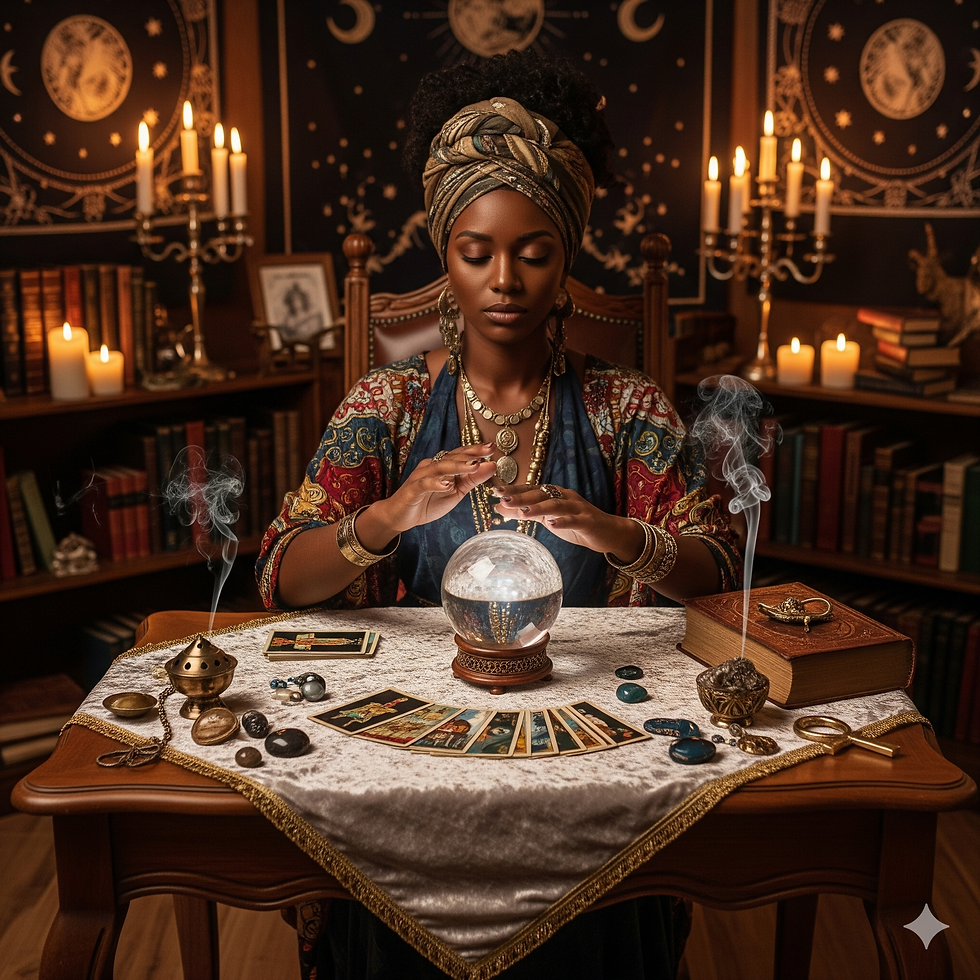Don't Read This Book Unless You're Ready to Heal
- hercosmiccrown

- Sep 3, 2022
- 4 min read
Updated: Aug 3

I highly recommend the book, Heal Your Wounds & Find Your True Self, by Lise Bourbeau, to anyone who is on a healing journey. I read this book in only three days because it was so third-eye activating. I’ve discussed this profound and accurate book with loved ones, and they could also relate to the content.
This book states that we all have wounds that we’re trying to heal, and with each wound, we create a mask to protect ourselves from experiencing the pain again. The five categories of wounds and masks are:
Rejection (Withdrawer)
Abandonment (Dependent)
Humiliation (Masochist)
Betrayal (Controller)
Injustice (Rigid)
We’ve been taught that being ourselves is unacceptable. After birth, we try to discover who we are, but then we’re taught that being natural is wrong. For example, a child who's naturally curious and talkative may have a parent who often screams, "Shut up and stop asking questions, you nimwit!". The child's investigative and communication skills are painfully squashed. The outbursts we experience with children and teenagers have been normalized in society. “Children who act naturally, who are balanced and who have the right to be themselves don’t have ‘fits’ like these” (Bourbeau 17). The first stage is when we are ourselves. The second is the hurt from realizing that being ourselves is painful. The third stage is revolting because of the pain. And the last stage is where we create the mask to shield us from experiencing the pain again due to not being accepted as who we are. Many of us walk around with a mask, not showing our true selves, because we learned that being our true selves is wrong.
The author states that we are all dealing with at least one wound. Some of us may be dealing with all five wounds to various degrees. Or we may have three wounds, but we have one that is deep. Based on each wound, we wear a mask to hide and protect our wound so that we can avoid getting hurt. For example, a person with the wound of abandonment, where they feel that a parent left them, may wear a mask of someone dependent. They may slump their shoulders and hang their heads low like a marionette with its strings cut because they feel unsupported and find it challenging to stand up erect without leaning on something. However, as we suppress the wound by hiding it behind a mask, it has to come out somewhere, and that’s through the physical body. Additionally, we often continue attracting situations that reopen the wound we’re trying to avoid because it’s calling our attention so we can heal from it.
What makes this text unique from other books I’ve read about healing is that it points to how these unhealed wounds can alter our body, appearance, and can even cause specific diseases. But just because we are dealing with a wound, it doesn’t mean we’ll develop each physical ailment described in the book for that wound. For example, a person who deals with the rejection wound may suffer from allergies because their body is rejecting something, to call attention to the fact that they’re still dealing with the wound of rejection. However, they don’t have dark circles underneath their eyes, which can also be a result of the rejection wound.
Interestingly, the author also mentions how people seek plastic surgery to repair the appearance of trauma in the body. The body is trying to call attention to a wound, but if the underlying traumatic issues aren't resolved, the person’s body may return to how it was before the surgery.
Ultimately, the book reveals a profound truth: the body serves as a silent witness to our deepest traumas. By learning to read this physical language, we cultivate a deeper sense of empathy, not only for ourselves but for others, recognizing that reactive behavior often stems from unhealed pain rather than intentional malintent. The book’s core message is a call to action—to accept our wounds that can manifest physically, be aware of the protective masks we've constructed, and in this act of profound self-acceptance, begin the necessary work of healing.

Greetings! I'm Gina, a California native who has been voraciously studying astrology since 2018. I use Tropical Vedic Astrology and cartomancy as my main vehicles in my cosmic quest for profound spiritual understanding and healing.
I hold a B.A. in Psychology and an M.S. in Marriage & Family Therapy. With over fifteen years of counseling and teaching experience, I've always enjoyed listening to people's stories and helping them on their path.
If you want to discover who you are on a deeper level, download my free ebook today: https://www.hercosmiccrown.com/offerings
The content on this page is to be treated for entertainment purposes only and should never replace professional advice. Her Cosmic Crown uses astrology and the cards as a tool to help with guidance, providing advice during readings. We will not be responsible for the decisions you make after a reading. Greetings! I'm Gina, a California native who has been voraciously studying astrology since 2018. I use Tropical Vedic Astrology and cartomancy as my main vehicles in my cosmic quest for profound spiritual understanding and healing.


Comments